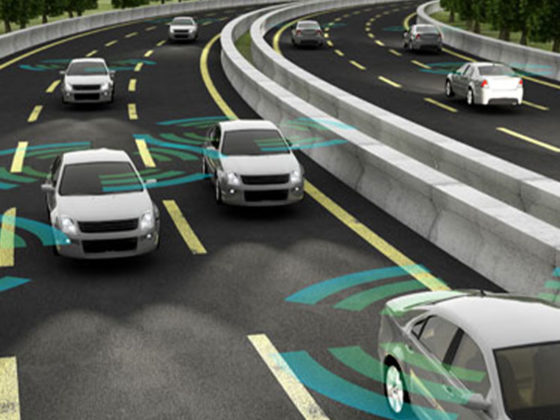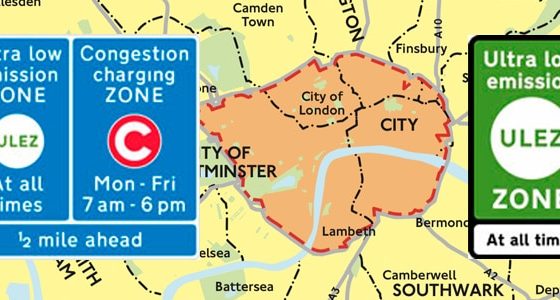Smoking in Vehicles – new rules from 1st October 2015
Smoking in Vehicles – new rules from 1st October 2015 https://wvl.co.uk/wp-content/themes/movedo/images/empty/thumbnail.jpg 150 150 Anthony https://secure.gravatar.com/avatar/0ce9a76712b2ebb44190c51857fae37600a61d6fe57138c94dce31a727aa27ec?s=96&d=mm&r=gFrom the 1st October 2015 it will be illegal to smoke in a private vehicle when there are children present. This is new legislation to protect children and young people from the dangers of secondhand smoke (SHS).
The law will apply initially to England and Wales, but the governments of Scotland and Northern Ireland may soon implement similar regulations. If a driver or another passenger is caught smoking alongside an under-18-year-old, both the driver and the smoker are liable for a £50 fine. (The law doesn’t apply if the driver is 17 years old and alone in the car, or in a convertible with the roof fully down.)
Business Drivers
It has been illegal to smoke in vehicles used for paid or voluntary work purposes that more than one person uses since 2007 and mandatory to display a ‘No Smoking’ sign inside. The responsibility of ensuring the vehicle is smoke-free rests on the driver, or any person with management responsibilities for the vehicle.
The signage must display:
- wording that the vehicle is no-smoking and that it is an offence to smoke there or knowingly permit smoking;
- the international ‘No Smoking’ symbol;
- whom to complain to if smoking is observed.
Failure to display adequate signage will result in a £200 fine, and failure to prevent smoking in a smoke-free vehicle will result in a £2,500 fine.
English law does not apply to company vehicles with a sole driver and no other employees permitted to use it – i.e. a ‘perk’ vehicle, even for business use providing your employer agrees – but remember that the new under-18 law does still apply.
If you are in any doubt as to your requirements and liabilities regarding smoking in your business lease vehicle, please contact us for advice specific to your situation.
Background to the new law
The risks of smoking whilst driving are well recognised: smokers having an increased risk of being involved in a crash – one study even showing that smoking almost doubled car death risk; it’s a clear hazard. Combine this with the long established health risks of exposure to secondhand smoke (SHS), or passive smoking, and how children are particularly susceptible, this new ruling takes all these factors into account to protect the interests of minors in cars, and is supported by some particularly sobering statistics.
Action on Smoking and Health (ASH) give four key reasons why smoking in cars can cause harm:
• direct harm to the smoker from inhaling
• harm to the vehicle occupants from inhaling SHS
• potential harm that children may perceive smoking to be normal adult behaviour
• potential harm to driver, passengers and other road users from the driver’s temporary loss of control when lighting up or extinguishing.
Smoke in the Cabin
Levels of SHS in cars can be extremely high due to the enclosed space of a vehicle’s cabin, with levels reaching far higher than those found in buildings.
Smoking a single cigarette in a car with the windows closed can produce a level of SHS 11 times higher than in an average (smoking-permitted) bar, according to a Canadian study, who also found the levels of smoke-derived ‘fine respiratory particles’ to be 15 times the US Environment Protection Agency’s ‘hazardous’ rating.
You’d think that opening a window would help, but across a range of ventilation conditions, including with the fan on high, the level of SHS still exceeded that found in any other small, enclosed space. Even driving with the window open and the cigarette held at the opening when the driver is not puffing creates a SHS level two-thirds that of a smoky bar.
Health risks
Due to the levels of carcinogens in smoke, there is no safe level of exposure. SHS’s immediate effects include eye and throat irritation, headache, cough, dizziness, nausea, decline in lung function in asthmatics, even triggering heart attacks in those with cardio-vascular disease, through to longer-term increased risk of stroke, lung cancer, lung disease and coronary heart disease.
Children are particularly vulnerable to the effects of SHS. Exposure increases the risk of cot death, glue ear, asthma, and meningitis. It can cause wheezing and increased risk of respiratory diseases such as bronchitis, asthma and pneumonia, and of course, cancer. The British Medical Association’s Board of Science concluded there was no safe level of exposure for children, with adverse effects felt at low levels of exposure. Many have argued that, not being fully autonomous, children are unable to act to protect their own interests, hence the law is now stepping in.
Public opinion
There has been growing public support for a ban on smoking in cars with children present – in 2014 a YouGov poll of over 12,000 adults in Great Britain found 77% were in favour of a ban in cars carrying children under 18 years of age… and 63% of those in agreement were themselves smokers. 46% in fact were in favour of banning smoking in all cars.
So, whilst it’s already against the law to smoke in a work vehicle, as from 1st October 2015 please be aware that it will also be illegal to smoke in a vehicle where children under 18 are present (unless you’re a 17-year-old lone driver or in a roof-down convertible).
Full details of the studies and statistics mentioned above can be found in the ASH factsheet: Smoking in cars, February 2015.




